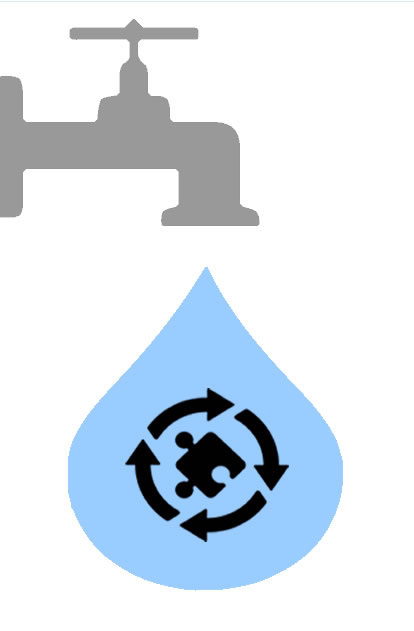Financial management is at the core of challenges small drinking water systems face. A comprehensive understanding of the financial health of a water system can help ensure that rates are set optimally, giving small systems the ability to finance projects while providing safe drinking water to their customers.
The Environmental Finance Center (EFC) at UNC organized a forum focused on rate setting and long-term fiscal planning to address these issues on July 26. The EFC, along with the United States Environmental Protection Agency’s (EPA) Water Infrastructure and Resiliency Finance Center, EPA Region 4, and the Alabama Department of Environmental Management (ADEM), planned this event to address the biggest issues facing water utilities among over 90 attendees representing multiple states in EPA Region 4. The forum provided practical solutions to meet the concerns of the utilities present.
Small drinking water systems face budget constraints—like any other enterprise, regardless of size or industry. The financial decisions that small drinking water systems make are crucial because they affect long-term financial standing. These decisions can ultimately influence the quality of drinking water and the health of individuals. Since water systems obtain most of their revenue from user charges, it is imperative for rate structures to be fair to both the enterprise and the users of the water system.

Stacey Isaac Berahzer, senior project director at the EFC, leading over 90 participants in an exercise on financial assessments at the EPA Region 4 Finance Forum.
Understanding the Needs of Small Systems
“What is the biggest issue with pricing that your utility is facing right now?”
That is the question participants were asked in an interactive poll at the July 26 forum. Multiple responses pertained to rates including affordability, a reluctance to raise rates, and customer complaints due to higher pricing than neighboring systems. Additionally, small systems expressed a need to know their current financial standing and ways to generate enough revenue to cover expenses and improvements.
EFC Director Jeff Hughes gave forum attendees a quick overview of the Utility Financial Sustainability and Rates Dashboards. The rates dashboards provide a general analysis of how a given water systems’ rates compare based on system characteristics, customer base socioeconomic conditions, and geography.
The Importance of Financial Benchmarking
Although the rates dashboards are a great resource for answering various financial questions that utilities may have, the EFC currently does not have dashboards for all states within EPA Region 4.
It is essential that these small systems are able to compute and understand their financial standing. In an assessment exercise of the financial condition of an example water system, participants learned how to calculate key financial indicators—such as the debt coverage ratio, current ratio, and days of cash on hand—all of which are used in fiscal planning.
Stacey Isaac Berahzer, Senior Project Director of the EFC, also discussed how funders use these indicators to determine eligibility for capital improvement loans. A similar exercise can be viewed in this tutorial.
System Collaboration as a Solution
Utility collaboration is one strategy to address the challenges that small drinking water systems face.
According to Dennis Harrison, Chief of the drinking water branch of ADEM, Alabama had nearly 1,300 public water systems 40 years ago. In the last decade, the number of public water systems substantially decreased to 670. Today, Alabama has 581 systems.
Many water systems have merged, causing this decrease in number. According to Harrison, this trend allows for an increase in the joint resources available to new systems and a significant decrease in noncompliance issues relating to water quality in the state. The map below shows Alabama’s near-absence of violations of the Safe Drinking Water Act in 2015.
U.S. County Populations Served by Water Systems with at least One ReportedHealth-Based Violation of the Safe Drinking Water Act in 2015.
These solutions and many others were presented and discussed at the forum to meet the concerns of the utilities present.


